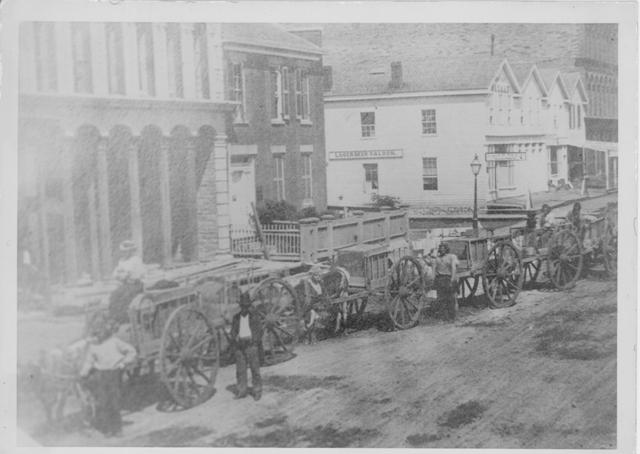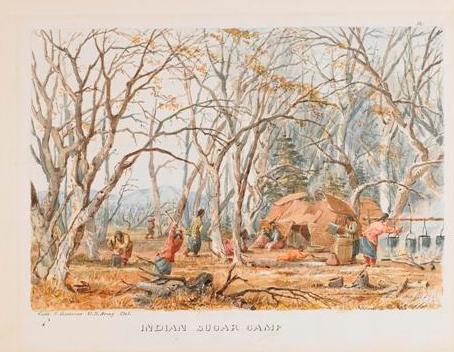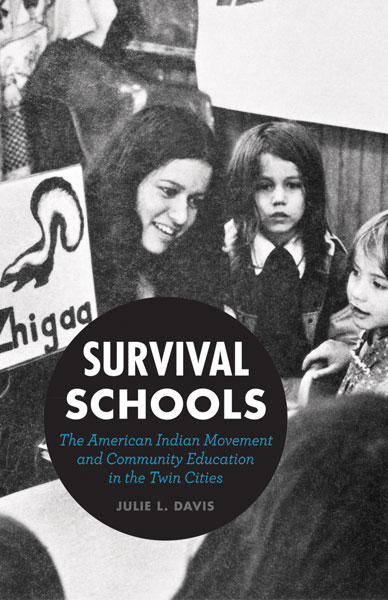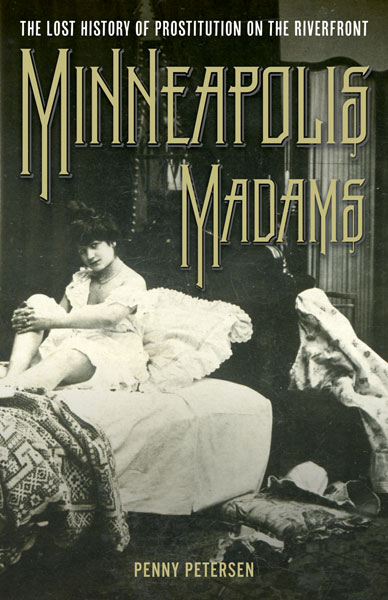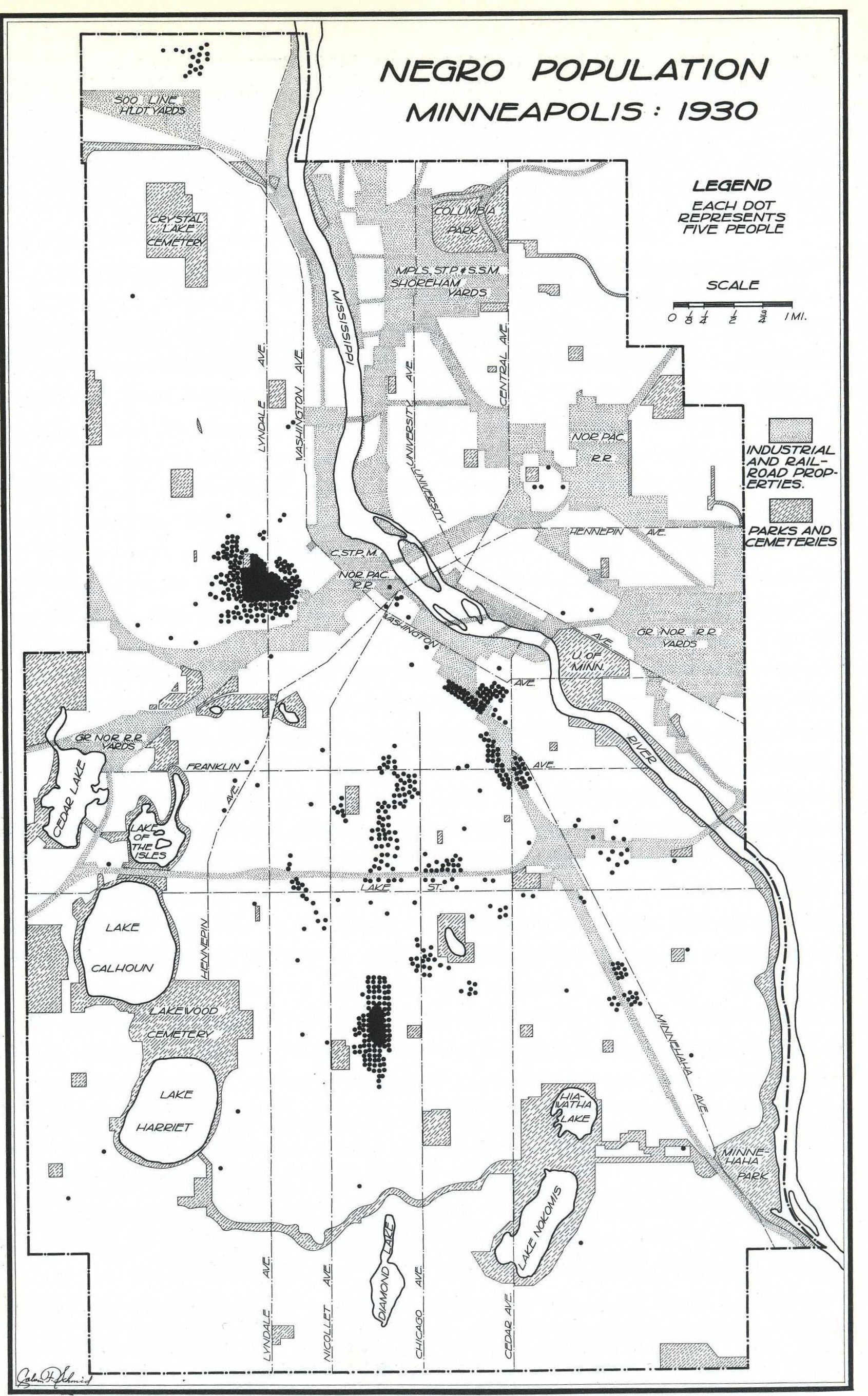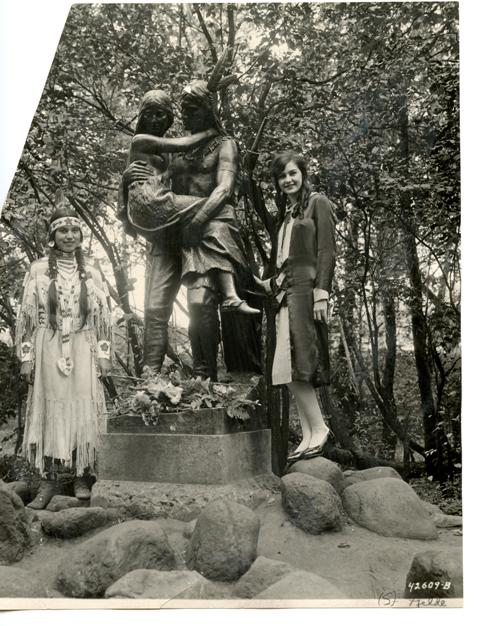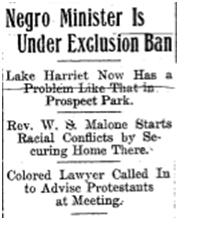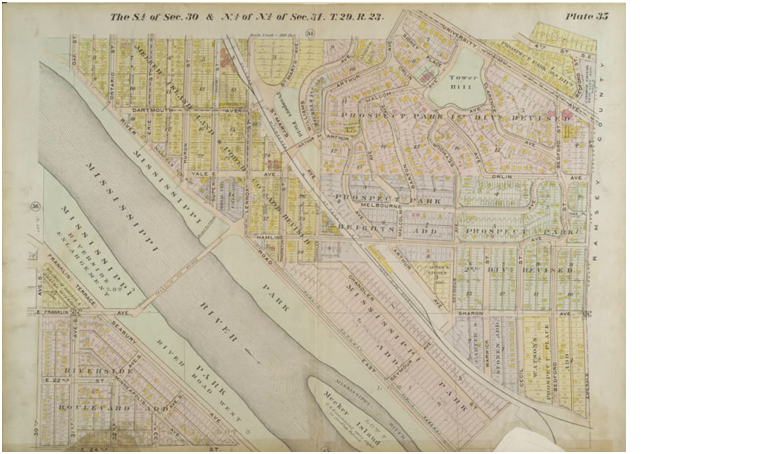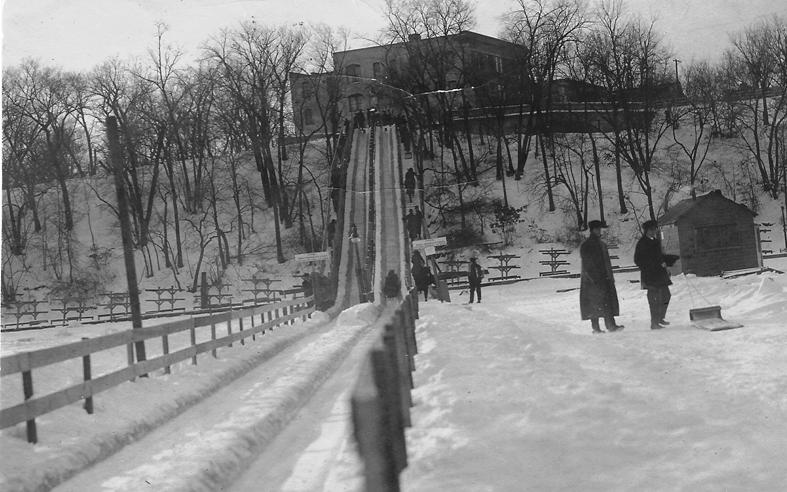In the years before Minnesota became a state, many women moved to the settlement that became Minneapolis with the idea that they were joining a New England village with a particularly invigorating climate. New England was regarded as the cradle of American civilization for many early inhabitants, who were hoping to use their experience in the timber industries of Maine and Vermont to create vast fortunes in what was known as the Northwest.
Yet muddy streets, rudimentary social institutions, extreme weather and exotic-looking people in unfamiliar types of clothing made it difficult to maintain to believe the hype of the city’s earliest boosters. The earliest female settlers had to strain to pretend they were in New England: they were constantly confronted by the fact that they were on the edge of American settlement, the border of what they regarded as savage wilderness. They were surrounded by evidence of the multi-racial society that had taken shape around the fur trade and endured for almost a century before their arrival.
The noisy arrival of the Red River carts every year –pictured here on Washington Avenue in 1858–was one of the events that most fascinated and exasperated newcomers who were trying to reconcile their vision of their new community with the reality of their environment. These oxcart trains had played a critical role in developing the state’s urban center along the Mississippi River. They were driven by mixed-race traders from the Red River Valley, who conveyed cartloads of furs hundreds of miles overland to the merchants near St. Anthony Falls. These traders exchanged pelts for cash and manufactured goods, which they brought back to their settlement in the most northern part of the state. The carts–which were constructed entirely of wood–were noisy enough to be heard long before they could be seen. Their arrival was always an event, signaling a commercial bonanza and a spectacle for urban dwellers.
By the 1840s, these drivers–who identified as Metis, people descended from both French and Native American traders–were regarded as exotic envoys from another world by new settlers, who were increasingly unfamiliar with the multicultural melange of Minnesota’s old fur trade culture. Women in particular viewed the traders as unwelcome intruders. A woman who arrived in St. Anthony in 1849, who was identified as Mrs. James McMullen in 1914, remembered : “Whenever the Red River carts came by, I used to tie the dog to the doorlatch. I did not want any calls from such rough looking men as they were. Those carts would go squawking by all day.”
Perhaps even more disconcerting was the presence of Native Americans on the land that many settlers had expected to have been cleared for their arrival. “My mother was very timid,” remembered Mrs. James Pratt, who arrived in 1850. “The sight of an Indian would nearly throw her into a fit,” she remembered in 1914, when she was interviewed by the Daughters of the American Revolution. “You can imagine that she was having fits most of the time for they were always around. Timber wolves, too, were always skulking around and following the men, but I never knew them to hurt anyone.” Her memoir likened Native Americans to wild carnivores, dangerous beasts to be kept at bay from growing settlements.
Mostly, women remembered that they were too overwhelmed with the demands of survival to pay too much attention to the unfamiliar elements of their new environment, which was quickly transformed by the influx of new settlers. “I moved to the farm on what is now Lyndale Avenue North, sixty-four years ago,” Mrs. Rufus Farnham recalled in 1914. “The Red River carts used to pass along between my home and the river, but I was always holding a baby under one arm and drawing water from the well, so could not tell which way they went. I only saw them when they were straight in front of me. Women in those days never had time to look at anything but work.”
Oral histories are drawn from The Book Committee, Old Rail Fence Corners: The ABCs of Minnesota History (Daughters of the American Revolution, 1914). Photo of Red River Carts is from the Minneapolis Photo Collection at the Hennepin County Central Library.
